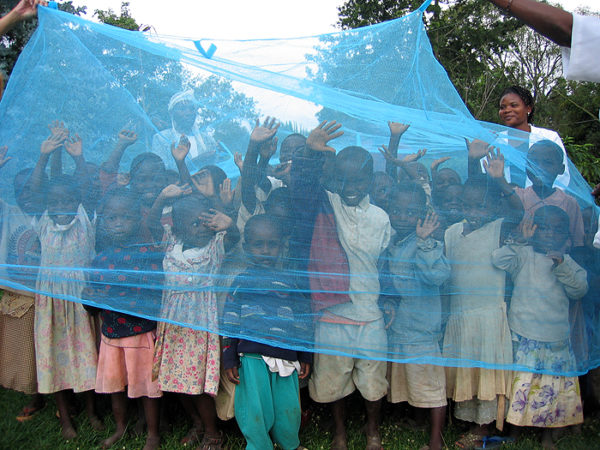The ALS Ice Bucket Challenge, and its virality, raise interesting questions about which charities and health causes we choose to donate to. It seems to provide further evidence that celebrities and gimmicks often drive our charitable donating, perhaps more than they should.
The feel-good campaign works like this: You film yourself throwing a bucket of ice over your head, post it to social media, and then challenge your friends to either do the same or donate $100 to the ALS Association, which works to end amyotrophic lateral sclerosis, also known as Lou Gehrig’s disease. Now every famous person from media mogul Oprah Winfrey to business magnate Bill Gates seems to be dumping ice on their heads, heeding the call to battle against the motor neuron disease.
The fun concept and celebrity involvement are working. Since July 29 when the challenge kicked off, the organization has reported receiving $22.9 million in donations. That’s more than ten times the amount they raised in the same period last year ($1.9 million). Other charities are reportedly now searching for their ice-bucket equivalent.
To be clear: ALS is an awful, debilitating disease that is worthy of donor dollars. It essentially triggers a slow paralysis in sufferers by causing the nerve cells to stop working. It’s also a death sentence. From the time of diagnosis, most people live only two to five years. There’s no cure, and scientists still don’t know what triggers it.
But ALS is also a rare disease as specified by the federal Rare Disease Act of 2002, with a nationwide incidence of 200,000 patients. The Centers for Disease Control and Prevention estimates the prevalence of ALS in the U.S. at about 12,000 persons, while the ALS Association reports it at 30,000.
Here are five of the many other causes that deserve just as much- if not more – attention than ALS.
Diseases Devastating the Developing World
William MacAskill, founder of 80,000 Hours, suggests that if you’re concerned about the impact of your investment, donate to charities that focus on diseases that impact the developing world.
MacAskill explained that as a rule “donating money to the best developing-world health charities will reach at least 100 times as many people than if you donate to developed-world health causes.”
For example, consider the potential public-health impact of donated dollars, using a measure of disease burden like the quality-adjusted life year.
With ALS, MacAskill said, $56,000 would provide one quality-adjusted life year to a sufferer. On the other hand, he said, “the same amount of money could provide 500 quality-adjusted life years, if you give money to bed nets for malaria.”
MacAskill continued saying, “People can get upset when you say some causes are more effective than others. That’s not true, because it’s as tragic for someone to die of ALS as it is for someone to die of malaria. But wanting to respect and honor a particular tragedy is different from trying to help as many people as you can.”



